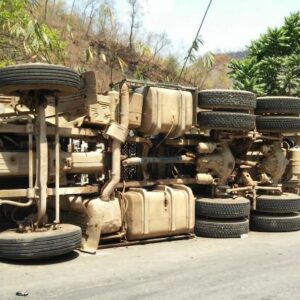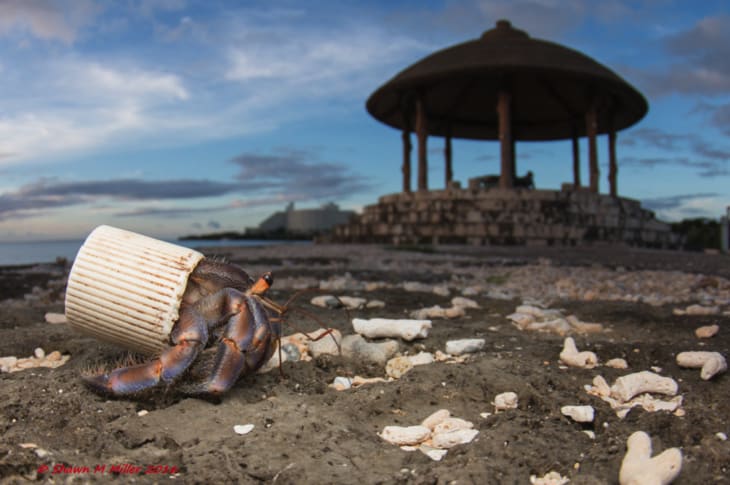
Instead of the typical plastic found inside a dead bird or marine animal to prove that pollution is getting worse, the opposite is occurring: hermit crabs are instead found inside of plastic. It may sound (and look) cute, but the implications of this means that plastic pollution is reaching an all-time high.
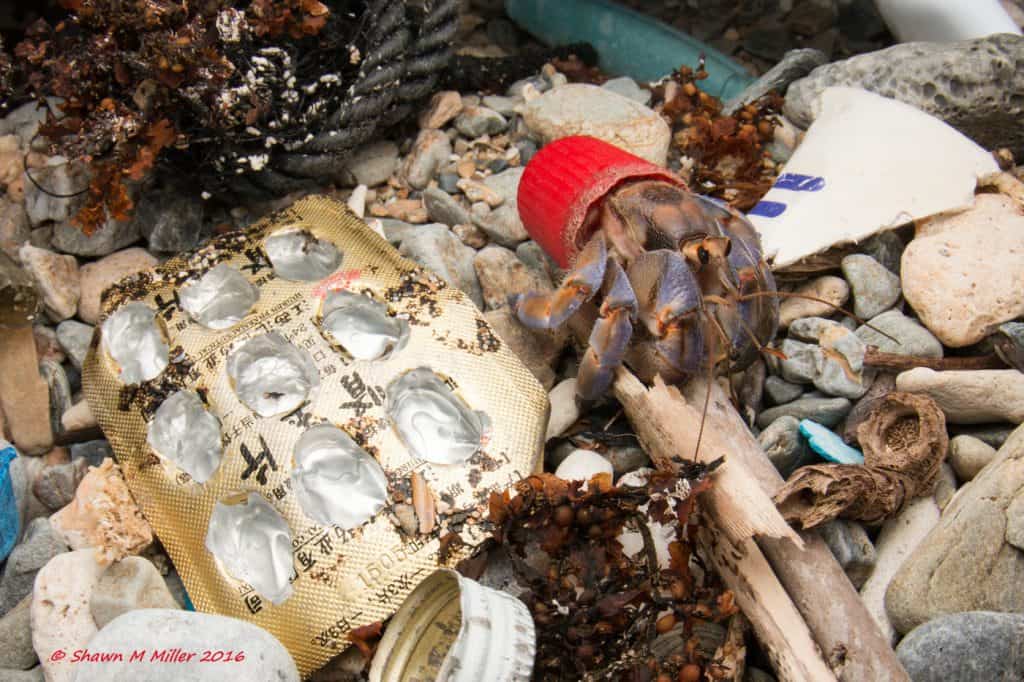
Blueberry hermit crabs in Okinawa, Japan have been spotted recently with different kinds of plastic on their backs. These tops are from detergent bottles, sodas, engines, and other colorful debris.
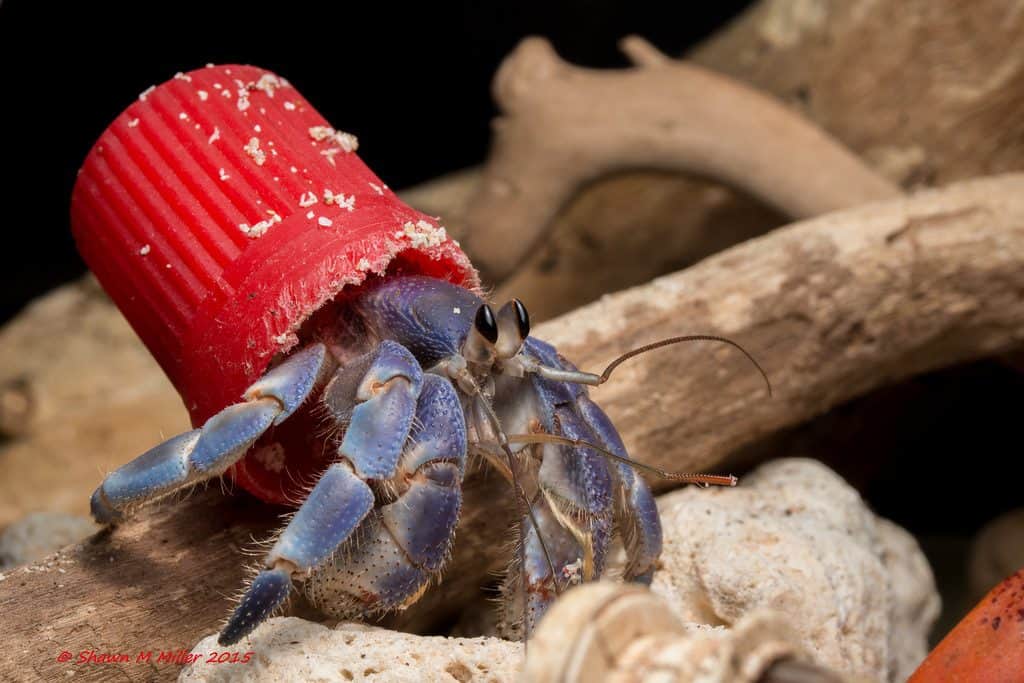
Hermit crabs are not capable of naturally making their own shell, which is why they scavenge around the ocean and sand beach floors to look for the perfect, abandoned shell. The new home must be big enough for them to retreat from predators, snug enough to prevent the shell from falling off, and light enough to carry around as a mobile home. These crabs go through several of these homes in their lifetime as they grow larger.
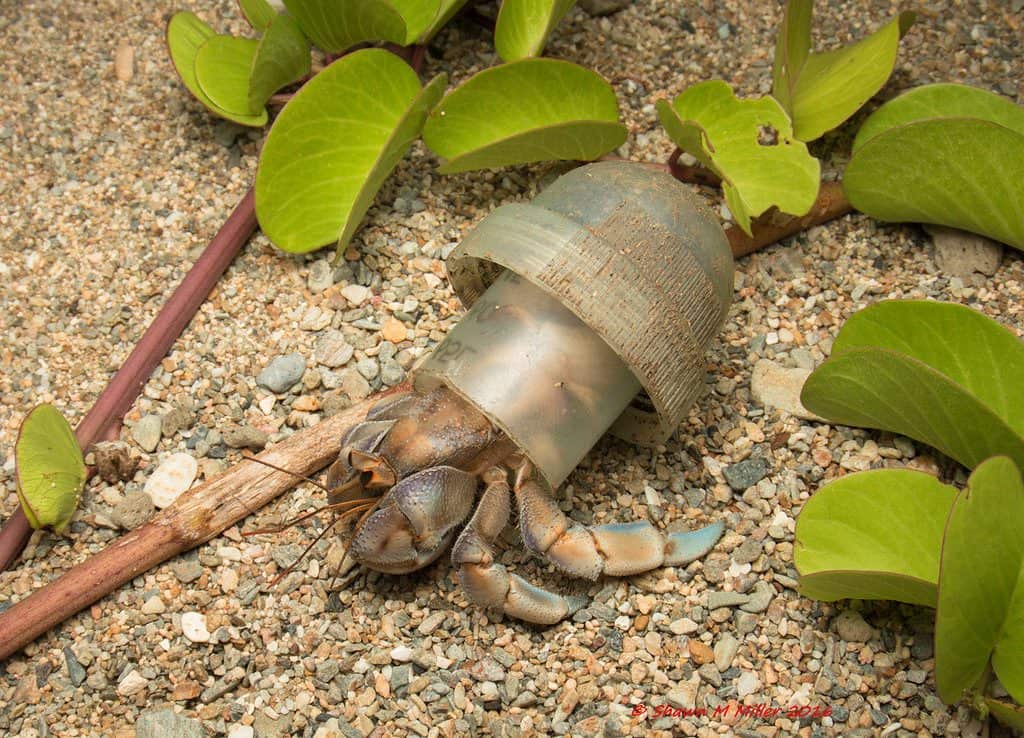
The reason that so many photos exist of these cute and handy creatures is because photographer Shawn Miller made it his purpose to document his findings and expose the reality of plastic consumption.
“Over the years,” Miller told Atlas Obscura, “I continued to find more crabs with trash homes. I noticed more trash piling up on our shorelines searching for hermit crabs and realized it was a serious problem.”
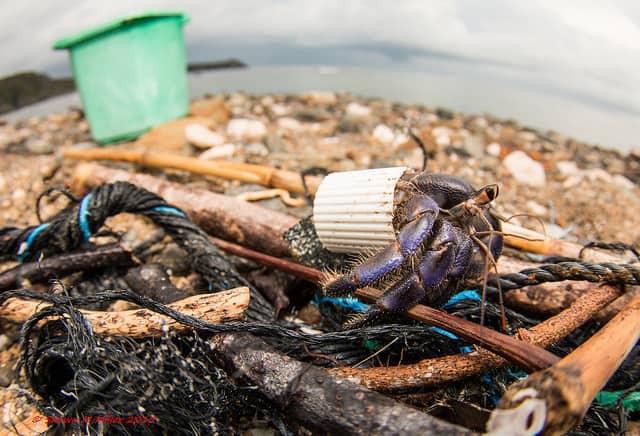
The use of the bottle caps means that hermit crabs are running into so many caps that they are trying them out as homes while looking amongst the usual shells they would consider. Their plastic homes are just living proof that humans’ obsession with plastic and improper disposal is getting out of hand.
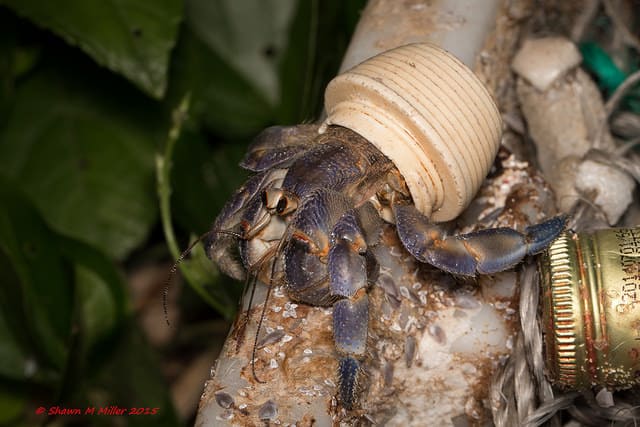
Seeing the crabs walk around in the plastic while walking amongst even more junk is also an indication of how animals would adapt to the junk-filled world that humans leave behind. Since plastic and other materials do not degrade very quickly, this rubbish is sure to remain in thousands and even millions of years.
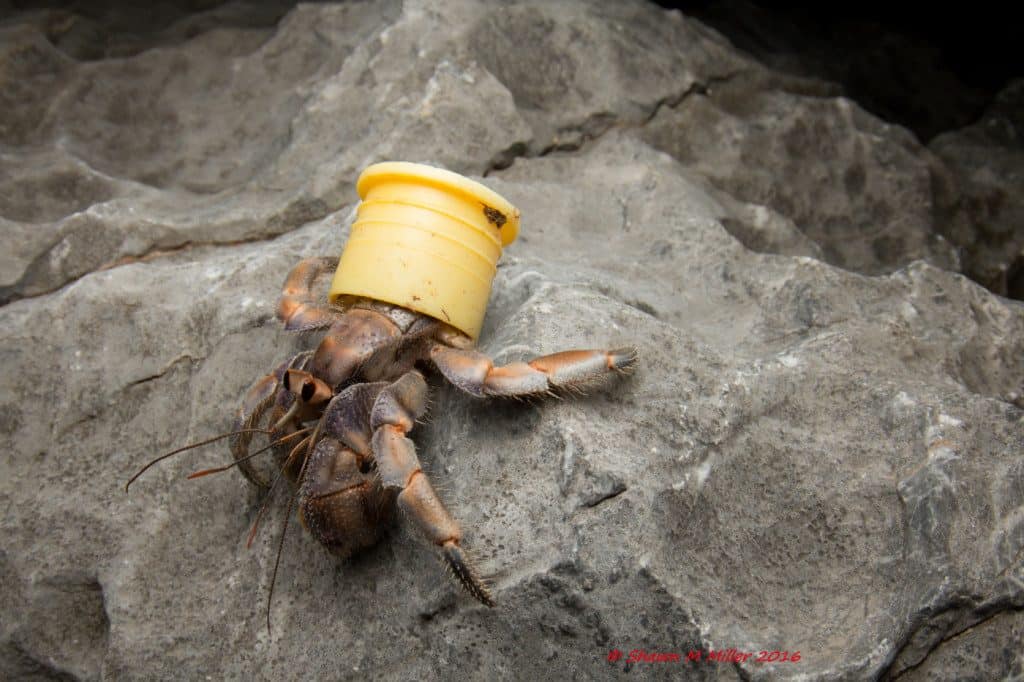
Globally, there are an estimated five trillion pieces of plastic in the world’s oceans. Despite warnings that plastic and its improper disposal is extremely harmful to wildlife, especially marine life, humans continue to buy more disposable items and throw them out carelessly.
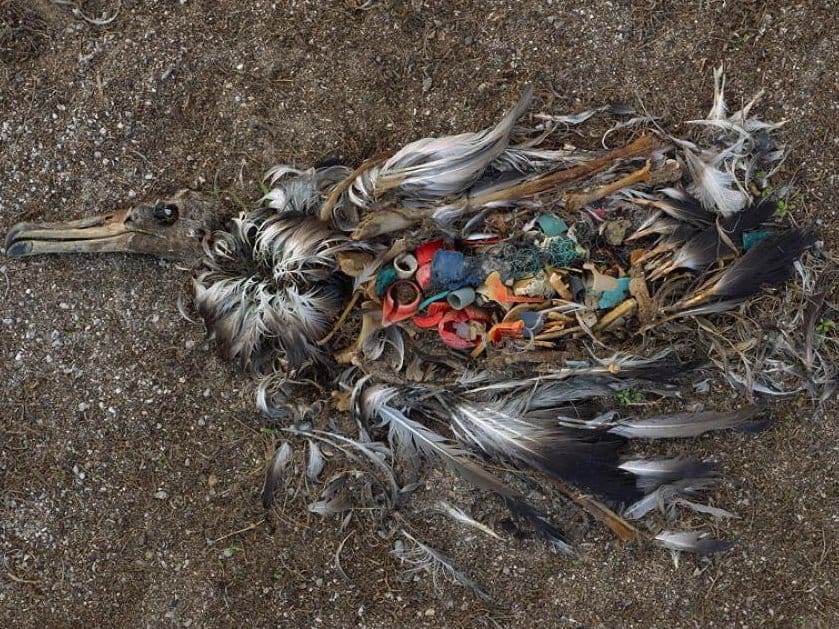
The plastic is often mistaken for food, which is how images of dead animals with plastic in their stomachs became an infamous way to expose the consequences of using plastic. The animals starve to death because their stomachs are so filled that they can’t eat anymore. As cute as the hermit crabs look, the birds in the photo above are not nearly as cute. Please reconsider your reliance on plastic by taking a look at these tips to reduce your consumption of the harmful material.
What are your thoughts on plastic consumption? Please share, like, and comment on this article!
This article (Beaches Are So Polluted That Hermit Crabs Are Using Bottle Caps As Homes) is free and open source. You have permission to republish this article under a Creative Commons license with attribution to the author and TrueActivist.com
